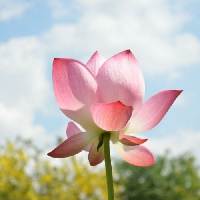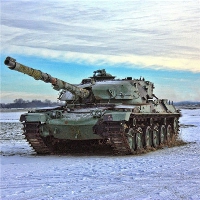The school motto and school emblem represent the image and cultural connotation of the school. So, what is the school motto and school emblem of Ningxia Medical University? The following is a brief introduction of Ningxia Medical University to help you fully understand the characteristics and advantages of Ningxia Medical University. The content comes from the network. In case of any discrepancy, please refer to the information on the school's official website.
Introduction to Ningxia Medical University
Ningxia Medical University is located in Yinchuan, the capital of Ningxia Hui Autonomous Region. The predecessor of the school was Ningxia Medical College established in 1958. In 1962, it was renamed the Department of Medicine of Ningxia University. In 1972, Shanghai Railway Medical College moved to Yinchuan, merged with the Department of Medicine of Ningxia University, and rebuilt Ningxia Medical College. Postgraduate education began in 1978.
In August 2008, the school was renamed Ningxia Medical University. In February 2010, it became a new doctoral degree awarding unit. In 2013, it became one of the first batch of pilot universities to reform the training mode of clinical medical master's degree graduates, and the pilot university of the "Outstanding Doctor Education and Training Plan". It is a local medical university jointly established by the Ministry of Education, the National Health Commission and the Ningxia Hui Autonomous Region.
What is the motto of Ningxia Medical University?
The motto of Ningxia Medical University: Deji people should study hard and refine their skills.
Emblem of Ningxia Medical University
The emblem of Ningxia Medical University and its meaning
The main body of the emblem of Ningxia Medical University is abstractly changed from the first letter "y" in the cursive script "Ning" and the pinyin of "Medical University" into a dove of peace flying. The white dove of peace is the symbol of the angel in white, and it also contains the spirit of the times of forge ahead and innovation, which means that Ningxia Medical University is pursuing and developing rapidly. The overall pattern also forms a "human" shape, which reflects the modern education concept of "people-oriented" and "education first", and implies the healthy growth and flying of students. The school emblem is in white and blue. White symbolizes the holy medical palace and the angel in white, and blue symbolizes rationality, science and progress. The school logo is simple, lively, rich in meaning, and has a modern sense and visual appeal.
What are the best majors in Ningxia Medical University?
The best majors of Ningxia Medical University are: clinical medicine, medical imaging, stomatology.
Where is the address of Ningxia Medical University?
According to public information, the address of Ningxia Medical University is as follows:
No. 1160 Shengli Street, Xingqing District, Yinchuan, Ningxia Hui Autonomous Region.










